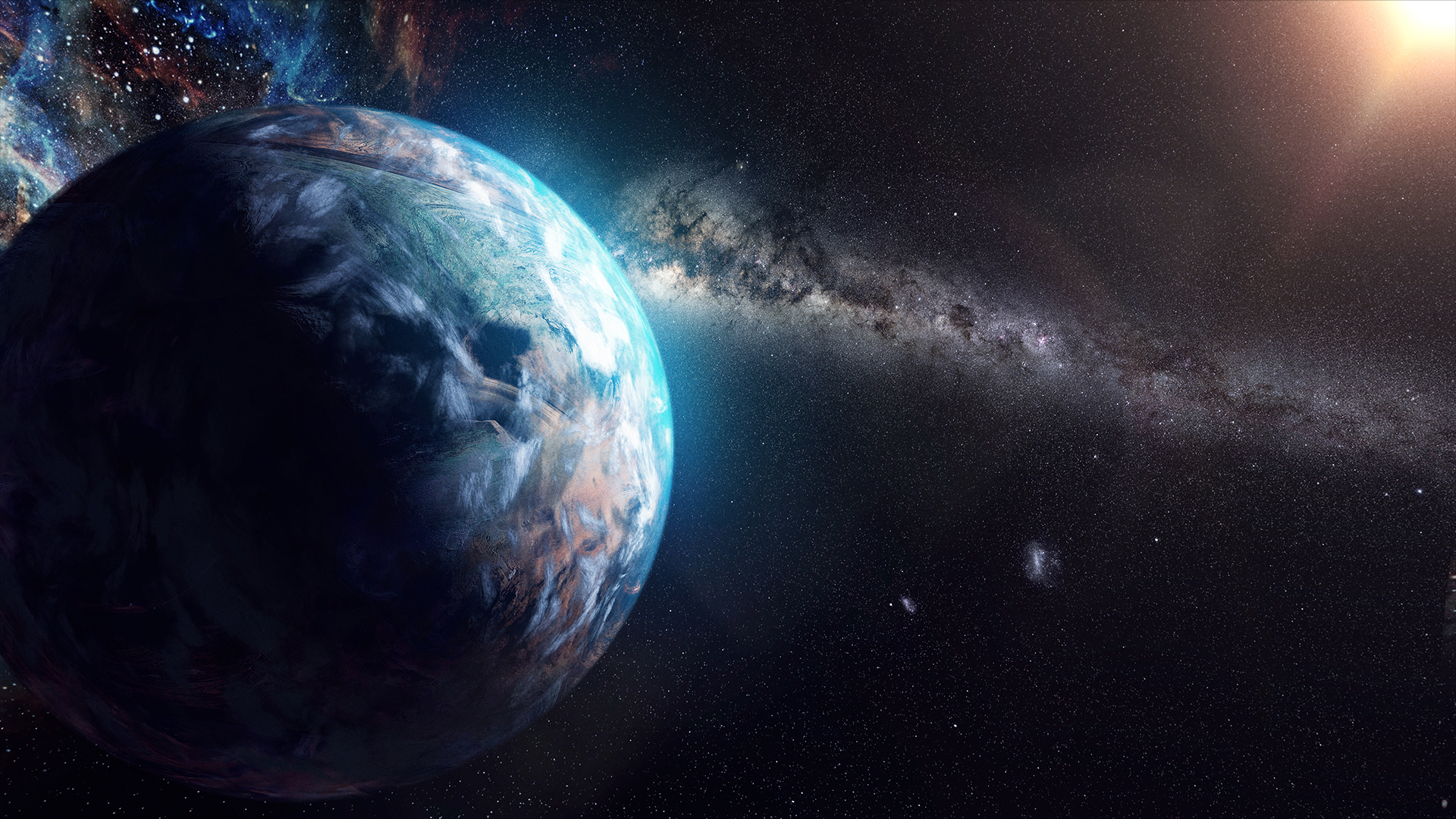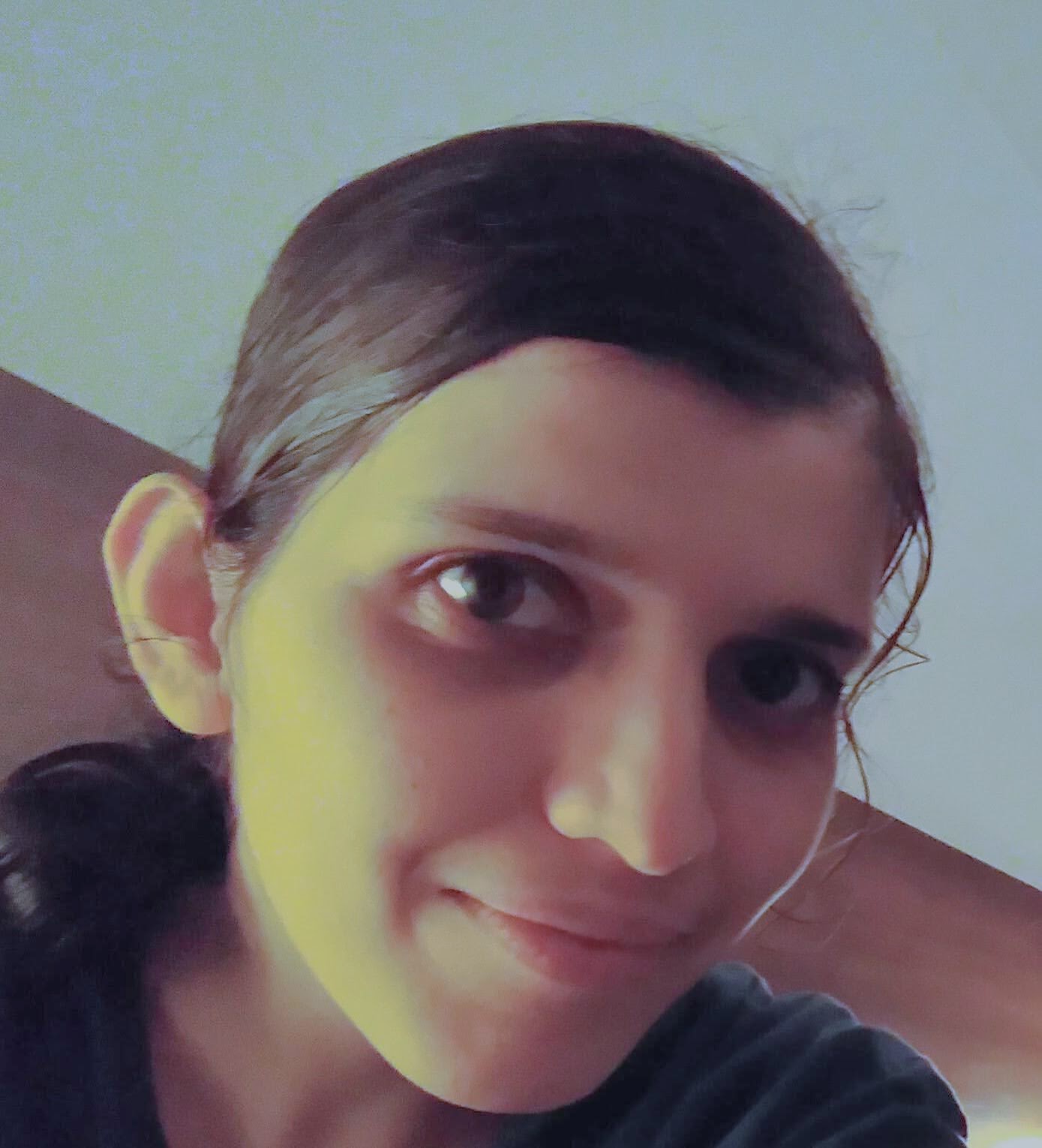5 Earth-like worlds may lurk in the outer reaches of the solar system, simulations suggest
The young sun may have captured several Mars- or Mercury-size exoplanets that now orbit in the outer reaches of the solar system, but identifying them will be extremely challenging.

Most astronomers agree there are only four terrestrial, or rocky, planets in our solar system, all of which lie close to the sun. But new research suggests that up to five more may be lurking at the outer bounds of the solar system.
Free-floating planets (FFPs) are planet-size objects that don't orbit a star. Also called rogue planets, FFPs either form from clumps of gas unconnected to any star or arise around stars but get flung out of their home orbits. The James Webb Space Telescope (JWST) has identified hundreds of rogue planets in the Milky Way and beyond, including waltzing pairs of Jupiter-size planets in the belly of the Orion constellation. Simulations show most FFPs are probably as big as Mars.
While some rogue planets are ejected by stars, stars could also reel in these lonely wanderers with their gravity, making the planets permanent orbiting members of a solar system. In the new study, published on Dec. 18, 2023 in the Astrophysical Journal Letters, a researcher proposes that our own sun, in its infancy, may have lured rocky FFPs too.
To determine the likelihood of this, study author Amir Siraj, a doctoral candidate in Astrophysics at Princeton University and director of the university's Interstellar Object Studies program, used several previously developed models, or sets of equations, built on observations of FFPs. Assuming our infant star had a 1-in-50 chance of trapping a rogue planet — which, he noted, is a conservative estimate — Siraj conducted 100 million simulations, tweaking factors like orbit shape to determine how many rocky worlds the sun may have captured. Siraj also assumed the sun's birth environment was pretty cramped, to estimate the number in the worst-case scenario, as under such circumstances "planetary capture is more difficult," Siraj wrote in an email to Live Science.
The study found that two planets with a Mars-like mass — or three to five with a mass similar to Mercury's — may dwell roughly 1,400 astronomical units (AU) from the sun. (One AU is the distance between Earth and the sun.) That would place the trapped rogue planets in the Oort Cloud, a hypothetical, giant bubble of billions of icy, mountain-size objects that cocoons the solar system.
The newly proposed planets are independent of Planet X, a yet-to-be-discovered hypothetical Neptune-like world hypothesized to orbit about 43 AU from the sun. Unlike the new study, which relies on theory, scientists have predicted Planet X's existence based on observations of the strange trajectories of objects in the Kuiper Belt, a doughnut-shaped region of icy bodies that extends from Neptune to the Oort Cloud.
Sign up for the Live Science daily newsletter now
Get the world’s most fascinating discoveries delivered straight to your inbox.
Even though the captured terrestrial worlds would likely be more Earth-like than Planet X, their suitability as habitable real estate remains speculative. While water may exist as icy sheets, sunlight would be "very faint — comparable to the brightness [of] moonlight here on the Earth," Siraj said. But because the theorized planets come from other star systems, and are thus exoplanets, future space missions investigating exoplanets may target them.
Yet, finding the newly proposed planets will be even trickier than identifying Planet X, as they're much smaller and more distant than that proposed planet. Siraj believes the under-construction Vera C Rubin Observatory in Chile, slated to go live in 2025, could identify a former FFP lying closer than 700 AU — but only, he noted, if "it's in the Southern sky and close enough to us, with a high enough albedo,” or ability to reflect light that illuminates it.

Deepa Jain is a freelance science writer from Bengaluru, India. Her educational background consists of a master's degree in biology from the Indian Institute of Science, Bengaluru, and an almost-completed bachelor's degree in archaeology from the University of Leicester, UK. She enjoys writing about astronomy, the natural world and archaeology.









